Mysterious Stone Carvings of Asuka Village
2022/02/03
Asuka Village is famously known as first capital of what would later become the country of Japan. Here you can find a variety of interesting historical sites, such as Japan’s oldest Buddhist Temple (Asuka-dera) and a number giant kofun tomb mounds constructed for members of Japan’s early royal family. For me, however, Asuka is a place I value most for its outdoor beauty and less grandiose historical features, one of which is the many stone carvings scattered around the area whose origins are steeped in mystery.
The article below highlights just a few of these fascinating stone carvings located in Asuka.
Saru Ishi Monkey Stones
These carved stones, whose original purpose remains unknown, where originally uncovered in a farmers field and then moved to their current location in Asuka for unclear reasons. These stones which appear to depict almost human-like figures, have been dubbed “monkey stones” because of their supposed resemblance to primates. Nobody knows for sure what they were originally intended to depict or for what purpose but the manner of the discovery begs the question of just how many more of these things might be buried out in the agricultural fields of Asuka Village.
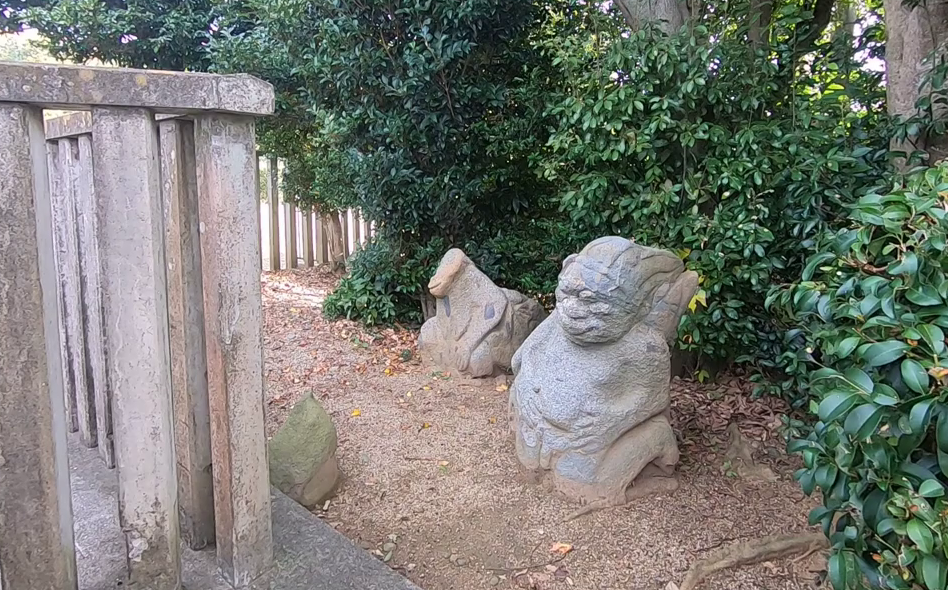
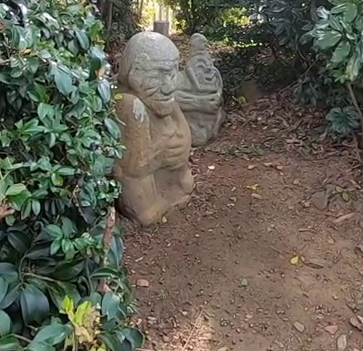
Oni Sechin Demon Toilet
The Oni Sechin is a rock that is especially mysterious because there really is no definitive answer as to what the purpose of this carved boulder originally was, both in regards to art and/or practicality. What is clear is that there was a lot of effort put into creating whatever it was.
The legend that is attributed to the Demon Toilet, despite its comedic name, is a rather terrifying one that tells of demons (“oni”) hunting down wayward travelers during times of heavy fog. The unfortunate souls nabbed by a demon had the gruesome fate of being brought to a flat rock located just above the Oni Sechin (that served as a makeshift cutting board), where they were promptly dismembered and eaten. The oni then used the Oni Seihin as a toilet, hence the name.
Avoiding heavy banks of fog is strongly advised for travelers in the area of Asuka Village. 👹
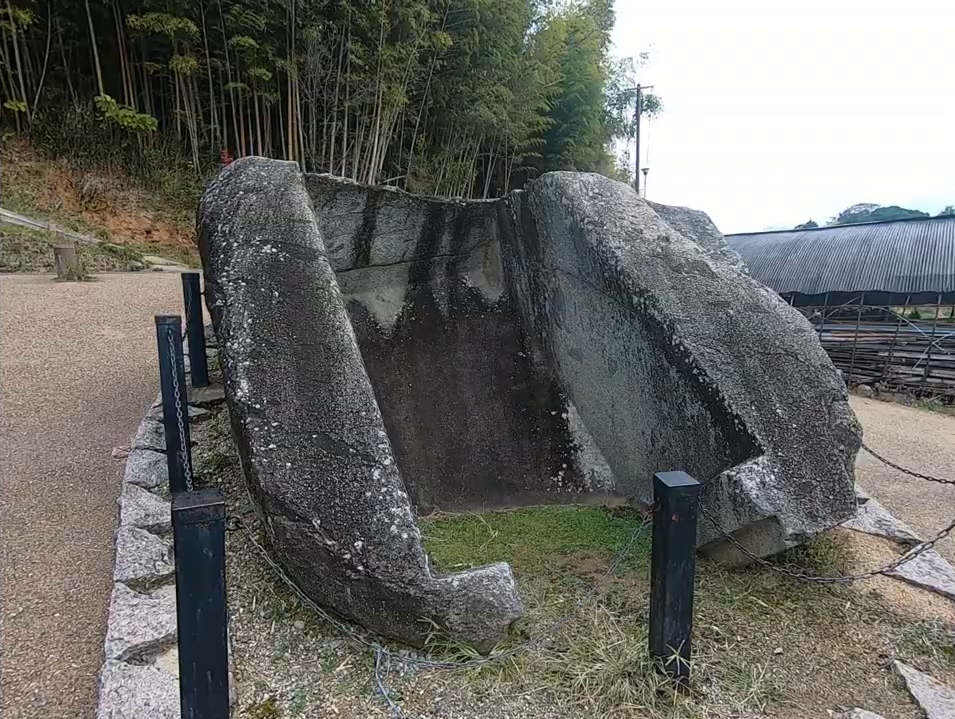
Oni Seichin Stone
Ishibutai Kofun
Not exactly a mysterious stone carving, but rather clearly understood to be an ancient exposed stone tomb, Ishibutai Kofun still makes the list because of the mystery surrounding why there is no tomb mound covering it, and the legends associated with its purpose. A leading archeological theory suggests that the tomb was built for a nobleman of the once powerful Soga Clan, who are credited with having greatly contributed to the successful established of Buddhism in Japan. As fate would have it, the Soga Clan eventually lost their power to the rival Fujiwara Clan, and it is thought that this could explain why Ishibutai Kofun is exposed; it was intentionally destroyed or allowed to fall into disrepair by later rulers.
In regards to folklore, a legend associated with the Ishibutai Kofun tells of how the rock platform was once used as a dancing stage by women who fell under the magic spell of youkai foxes (“youkai” are like faeries or paranormal beings in Japanese folklore).

Kame-ishi Turtle Stone
The Kame-ishi, meaning Turtle Stone is, as the name suggests, a boulder carved into the shape of a turtle. The origin of this stone and whether or not it had a purpose, is a mystery, but a leading theory proposes that it once served as a border marker for a local temple.
According to legendary accounts, the Kame-ishi’s origin goes back to a conflict that existed between two regions of the Nara basin and in the area where turtles lived. When the conflict was finally resolved, the local people built the Kame-ishi stone in dedication to the unfortunate turtles of the area who were killed during this period of warfare. It is said that the stone mysteriously changes the direction it faces from time to time, and that when it faces west, it is prophesized that the Nara Basin will experience a great flood, turning the area into a muddy swamp. The Kame-ishi now faces to the southwest.
![]()
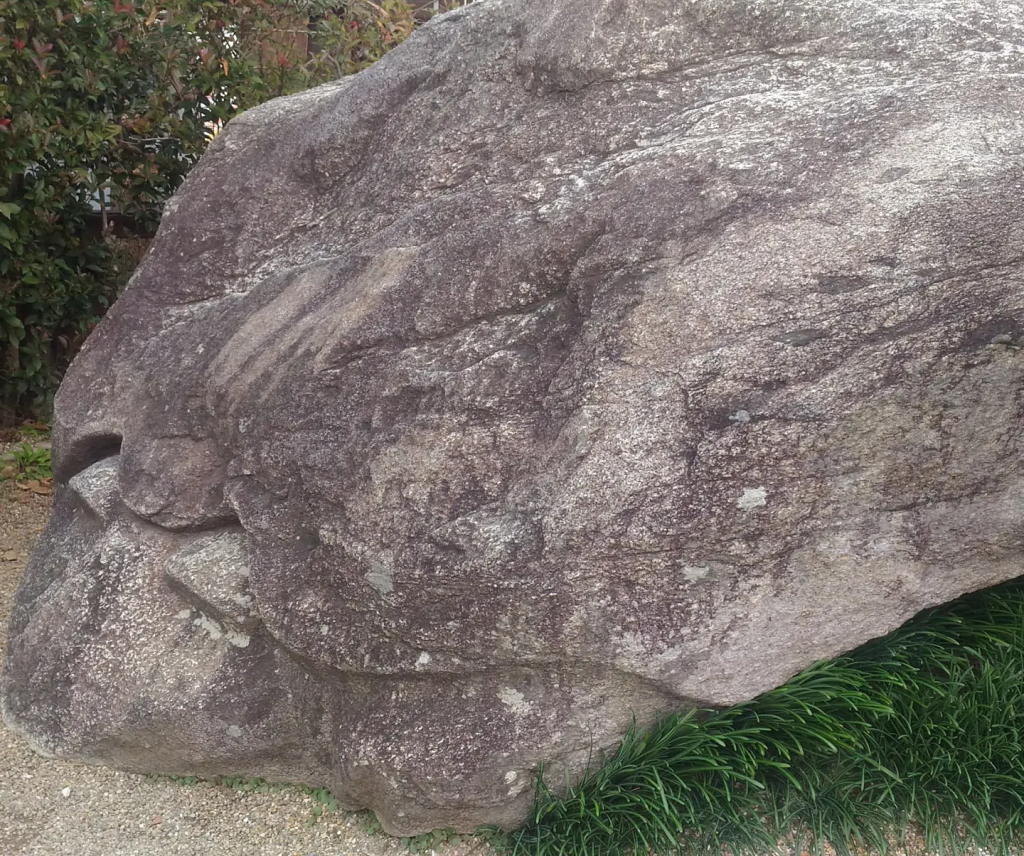
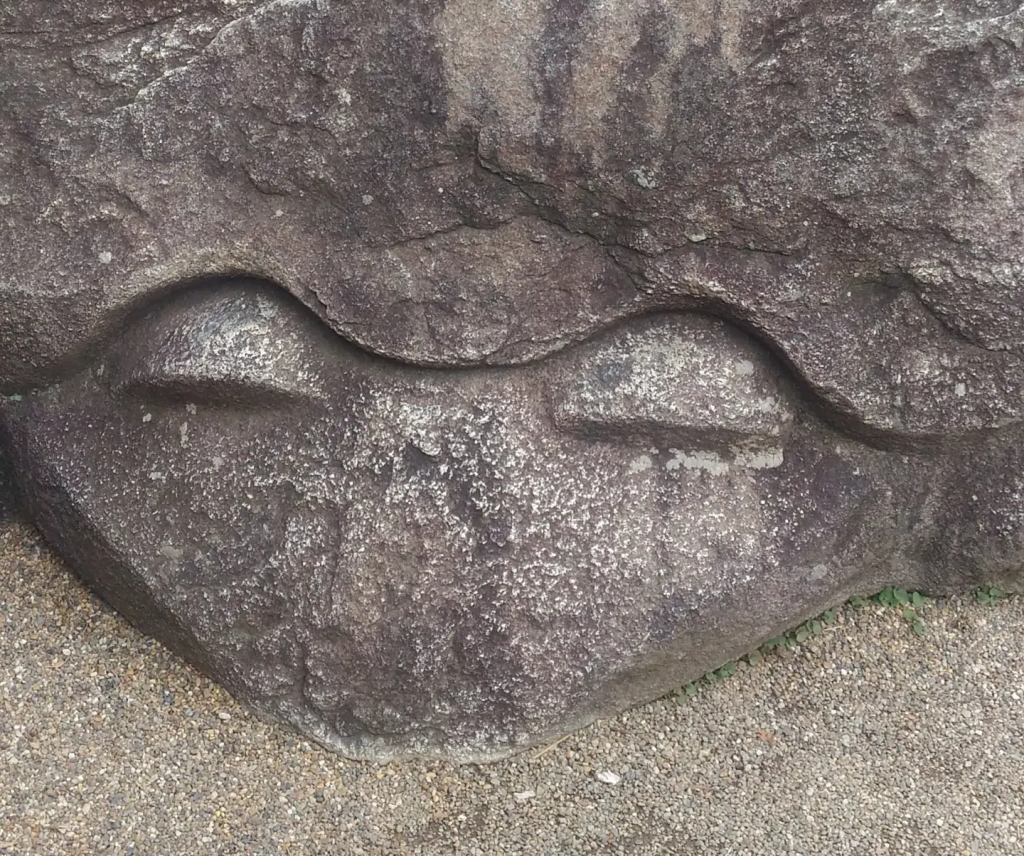
Besides the stones discussed above, there are a number of other stone carvings found in Asuka Village that have interesting stories attached to them as well, but for now, I shall leave those for you to discover on your own.
A highly recommended way to explore the Asuka area is by rental bicycle. Luckily there are bicycles that can be easily rented for a day at businesses in front of Asuka Station and also on the first floor of Kashihara Navi Plaza, (located right next to Yamato-yagi Station) in Kashihara City.
————–
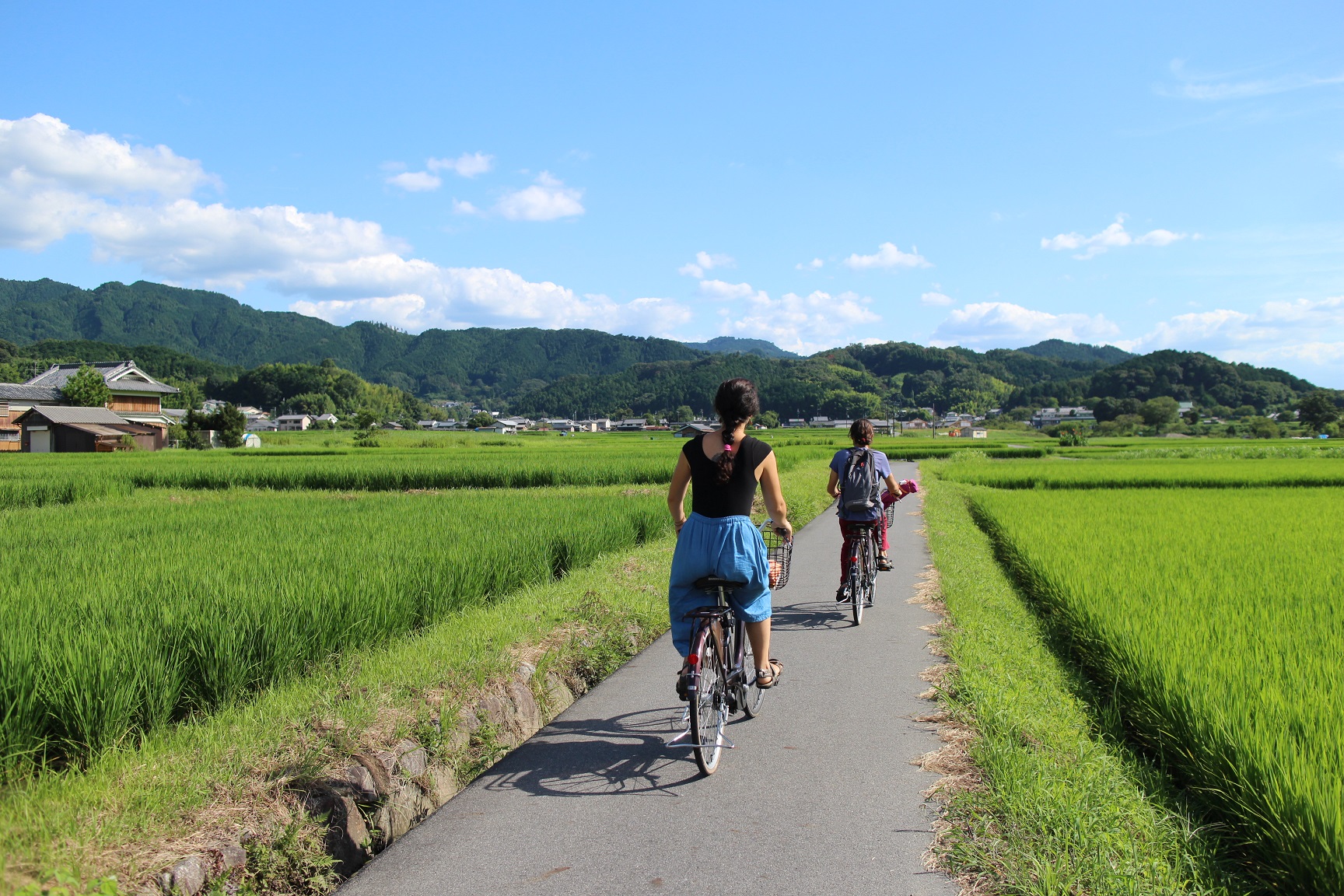
Asuka is a small village located in the heart of Nara Prefecture. It is renowned as the site of Japan’s first capital, established in the late 6th to 7th centuries, where the foundation of the Japanese nation was laid. Many first-time visitors (including you!) to Asuka say they feel an…
from16,000JPY

01
FIND YOUR FAVORITE
TRIP ON OUR WEBSITE.
SEND US AN INQUIRY.

02
PERSONALIZE THE TRIP
TO YOUR INTERESTS
WITH OUR CONSULTANT.

03
20% DEPOSIT TO CONFIRM.
BALANCE PRIOR TO ARRIVAL.
PAYMENT BY CC OR TT.

04
WE WILL
MEET YOU
AT THE AIRPORT.

05
DISCOVER THE
TREASURES!